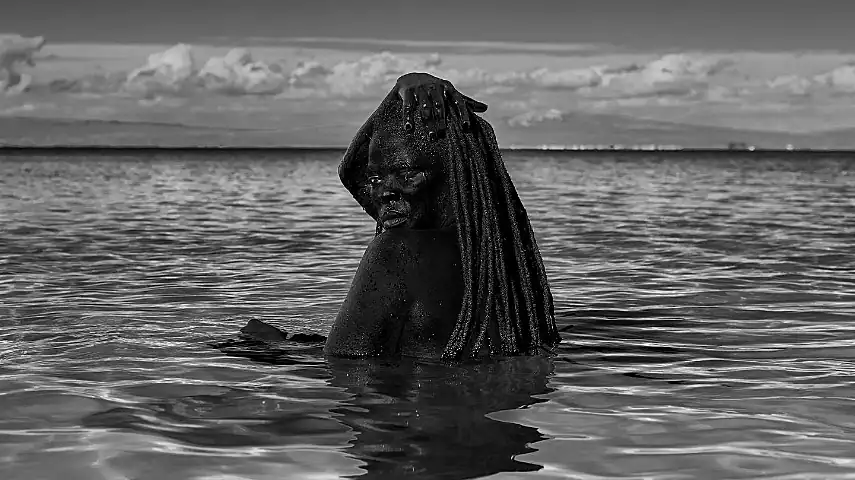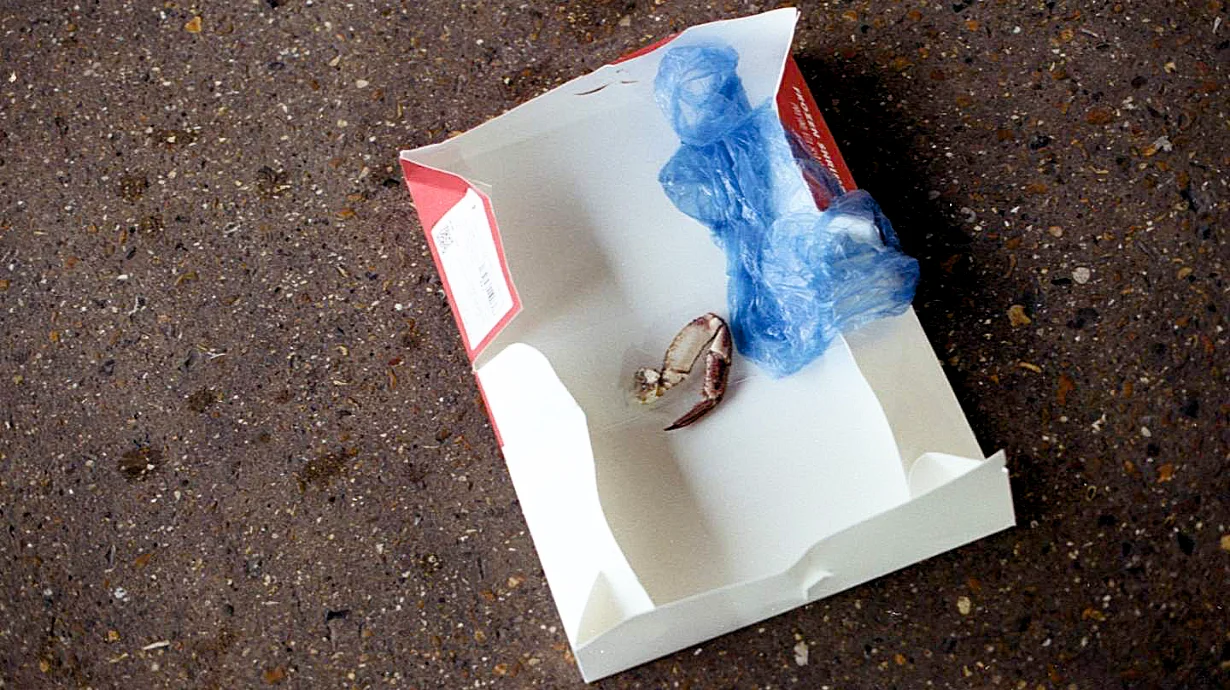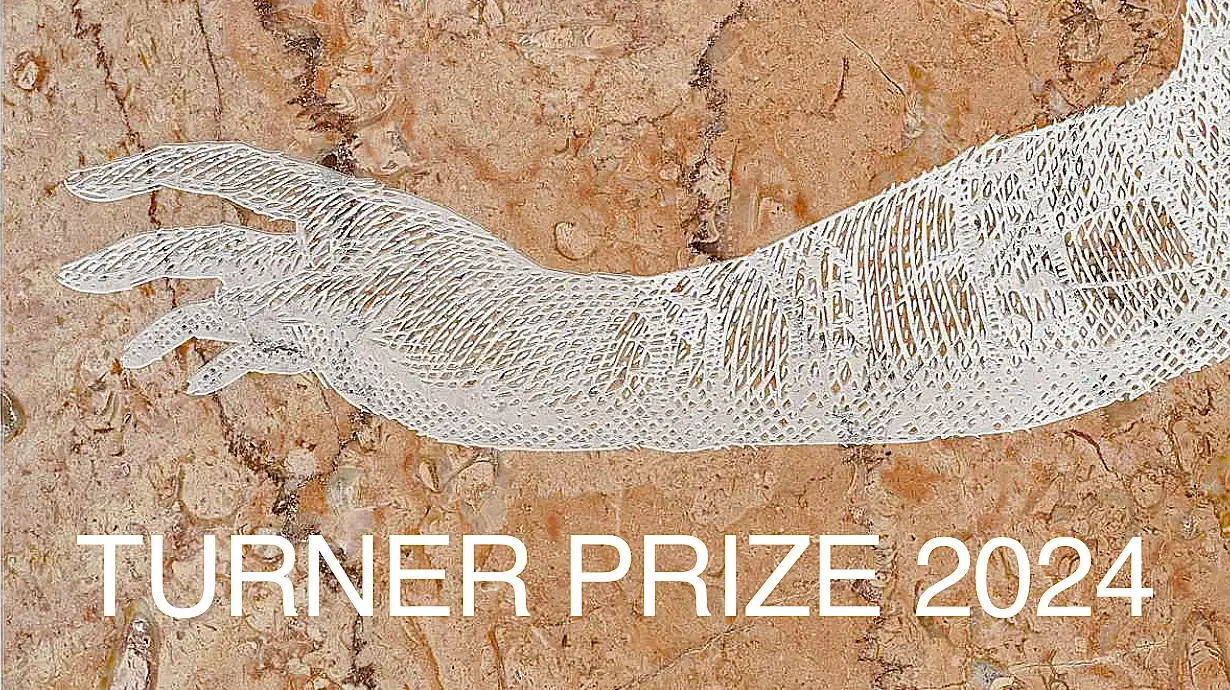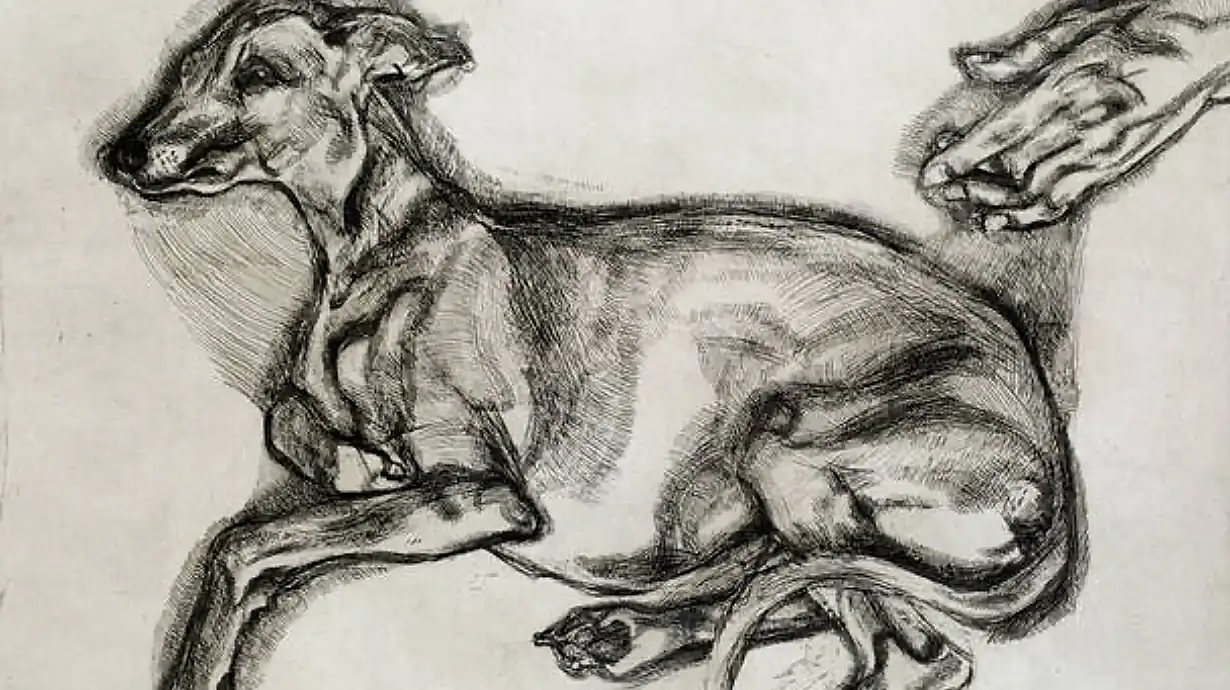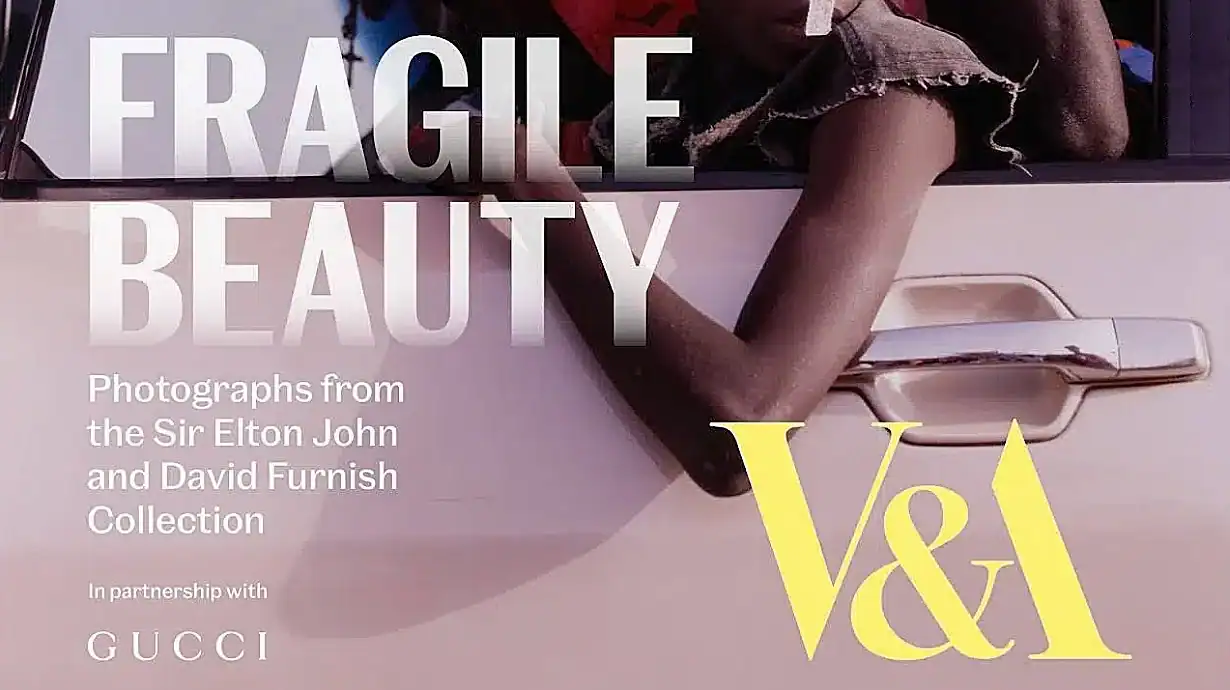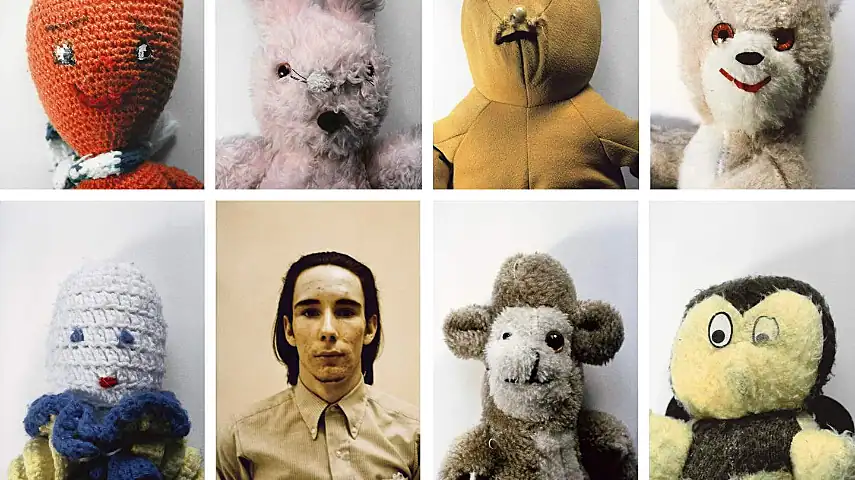 Photo: tate.org.uk
Photo: tate.org.ukTate Modern is putting on the first major UK exhibition of work by experimental American artist Mike Kelley. Between the 1970s and his death in 2012 Kelley used references from popular and underground culture to create imaginary worlds using a mixture of drawing, collage, found objects, performance and video.
The exhibition spans the entire expanse of his career, from his breakthrough 'craft' sculptures right up to his later multi-media installations.
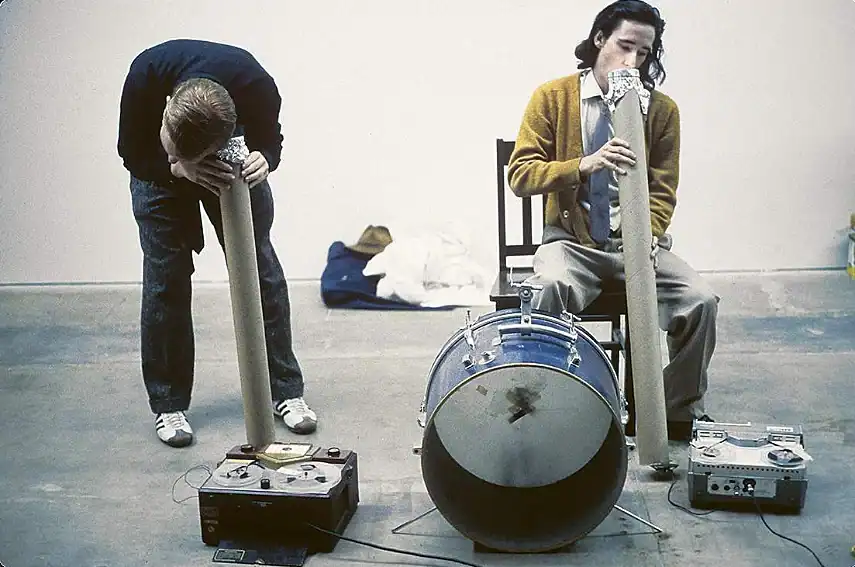 Photo: tate.org.uk
Photo: tate.org.ukThe Spirit Voices room contains some of his earliest performance pieces, which he made whilst studying at the California Institute of the Arts (CalArts). The school was famed for its conceptual approach, exposing Kelley to experimental live performances and LA's feminist art scene.
Important works from this period include his Birdhouse sculptures, which he came to value as useful prompts for conversation - discovering that the longer he spoke about an object the more its meaning changed. The Poltergeist from 1979 played on photography's link with truth, and the blurred line between reality and imagination.
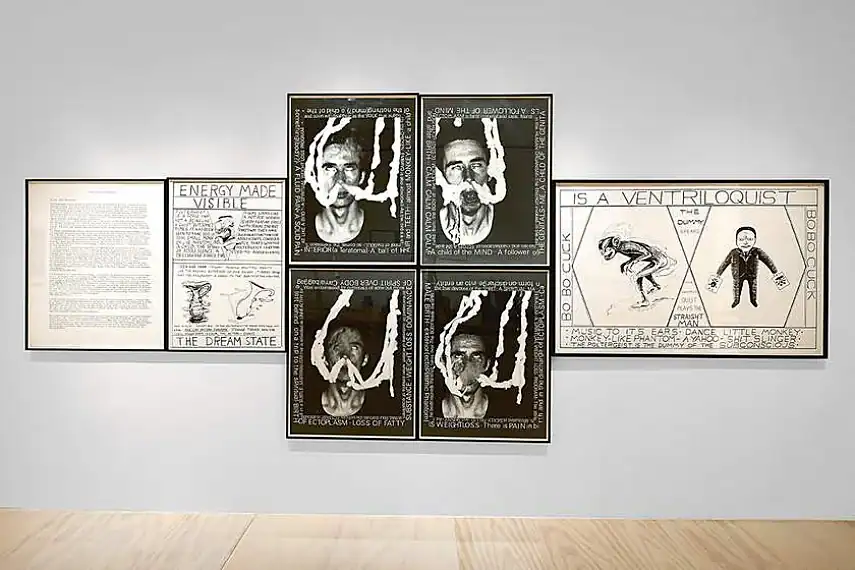 Photo: tate.org.uk
Photo: tate.org.ukMonkey Island from 1982 was a pivotal moment when Kelley began to turn his performances into gallery-based installations, whilst Role Play explores how liked to adopt different roles - from teenagers and janitors to the cartoon character Banana Man - to explore the developmental stage between childhood and adulthood.
Kelley's breakthrough project Half A Man described an adolescent as being a ‘failed’ or unformed adult, and he used found objects like felt banners, comic books and soft toys to explain how art is often just a container for our beliefs and ideology.
His Kandor series used images of Superman's home planet to explore the relationship between memory and architecture. In the comic book its capital city managed to survive the destruction of Krypton by being preserved under a glass bell jar, but Superman was unable to restore it to its original size and became alienated from his home.
This final part of the exhibition provides an insight into Kelley's working processes by displaying a selection of notes, sketches and scripts from his many projects.
What the critics say...
The Independent: ★★★★ "This show has incredible energy"; The Telegraph: ★★★★ "Brims with anarchic possibility and topsy-turvy merriment"
